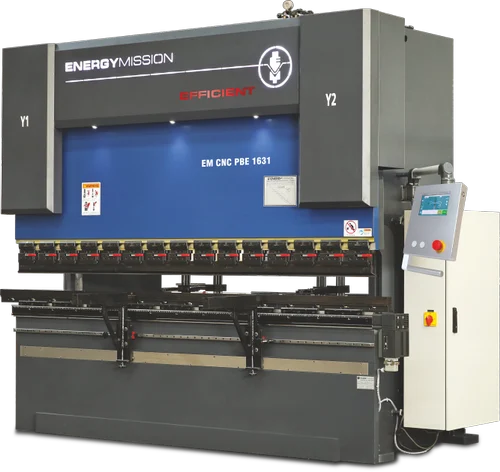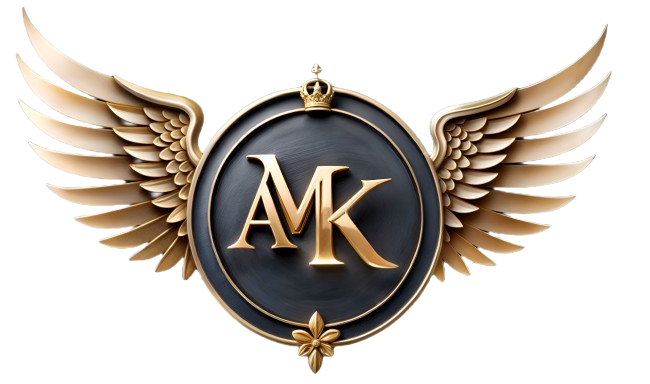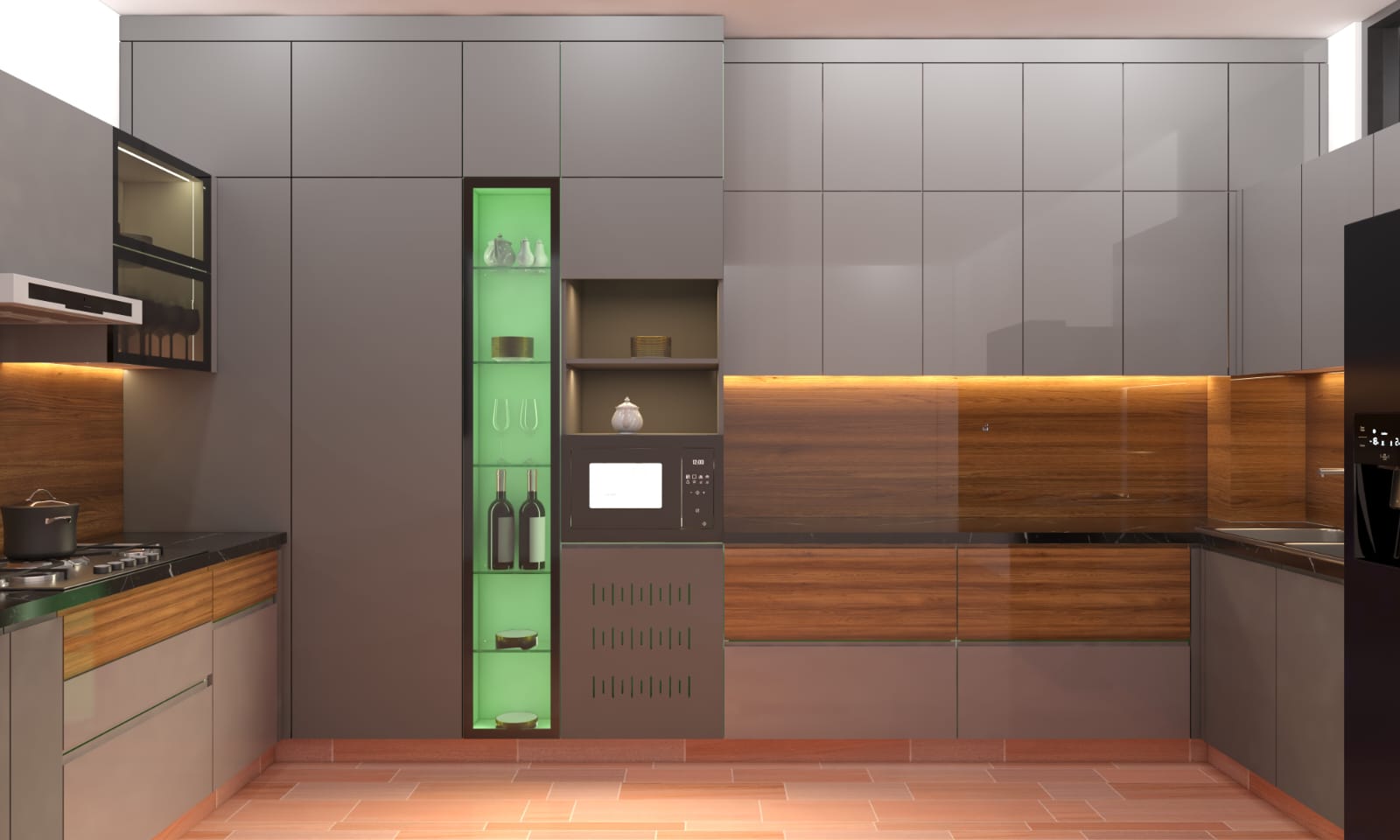Welcome To AMK SS Kitchen
About Our Machine.

Laser cutting machines are highly versatile tools, and their specifications can vary depending on the type of machine, the materials they can cut, and their intended application. However, there are key specifications to consider when looking at laser cutting machines. Here's a general breakdown of the important specifications:
1. Laser Power (Wattage)
- Power Output: The power of the laser is one of the most critical specifications. It is typically measured in watts (W), and the higher the wattage, the thicker materials the laser can cut.
- Common Ranges:
- 30W - 100W: Ideal for cutting and engraving softer materials like wood, acrylic, or textiles.
- 150W - 500W: Suitable for cutting metals like stainless steel, aluminum, and carbon steel.
- 1000W - 4000W: High-power lasers used for heavy-duty industrial cutting of thick metals.
- Effect on Cutting Speed and Thickness: Higher wattage increases the speed and thickness of material that can be processed.
2. Laser Type
- CO2 Lasers: The most common type for cutting and engraving non-metallic materials (e.g., wood, plastic, fabric) and thinner metals. CO2 lasers are highly effective in cutting materials like acrylic, wood, leather, and certain metals (like mild steel and aluminum).
- Fiber Lasers: These are typically used for metal cutting, such as stainless steel, aluminum, copper, and brass. Fiber lasers offer higher efficiency and are particularly good for high-speed cutting of thinner metals and reflective materials.
- YAG Lasers: Yttrium Aluminum Garnet (YAG) lasers are another type of solid-state laser that is used primarily for metal cutting and engraving.
3. Cutting Area (Work Area)
- This specification refers to the size of the material the laser can cut in a single pass. Larger work areas are ideal for cutting bigger sheets or objects.
- Common Sizes:
- Small: 300 x 500 mm (ideal for small parts or engraving)
- Medium: 1300 x 2500 mm (standard size for medium sheets)
- Large: 2000 x 4000 mm or larger (industrial machines for large panels or metal sheets)
4. Cutting Speed
- The cutting speed (measured in mm/min or m/min) determines how quickly the laser moves along the material while cutting. Faster speeds are essential for high-productivity environments.
- Factors Influencing Speed: Material type, thickness, laser power, and cutting complexity all influence the speed.
5. Cutting Thickness
- The thickness of the material that can be effectively cut depends on the laser power and type.
- CO2 Lasers: Can typically cut up to 20mm of acrylic, wood, and plastic, and up to 10mm of metal (with high wattage).
- Fiber Lasers: Typically cut up to 6-25mm of metals, depending on the power (with higher power machines cutting thicker metals).
6. Precision and Tolerance
- Precision refers to how fine the cuts are, and tolerance refers to the allowable deviation from the desired dimensions.
- Precision Range: Often measured in microns (µm). Industrial laser cutters may have precision down to 0.01mm or better, making them ideal for applications requiring high accuracy, such as electronics manufacturing.
7. Cooling System
- Laser cutting machines require a cooling system to prevent overheating of the laser tube and other components.
- Types of Cooling Systems:
- Water Cooling: Common for CO2 lasers.
- Air Cooling: More often used in lower-power lasers.
- Chiller Units: More advanced and used in higher-power fiber lasers.
8. Beam Quality (M² Factor)
- Beam quality refers to how focused and consistent the laser beam is. A lower M² factor (close to 1) indicates a higher quality beam, which is more focused and allows for finer, more detailed cuts.
9. Control System
- CNC (Computer Numerical Control): The control system that runs the laser cutting machine. CNC systems typically have user-friendly interfaces, such as touchscreens or software integrations, and allow operators to program cutting paths.
- Popular CNC systems include Ruida, Leetro, Syntec, or SIEMENS, depending on the brand.
10. Software Compatibility
- Laser cutting machines usually come with proprietary software for designing and controlling cuts. Some machines are also compatible with popular CAD software like AutoCAD, CorelDRAW, or Adobe Illustrator.
- Common Software for Laser Cutting:
- LightBurn (for laser engravers and cutters)
- RDWorks (for Ruida controllers)
- EZCAD (for fiber lasers)
11. Material Types
- CO2 Lasers: Great for non-metals (wood, acrylic, leather, paper, fabric) and thinner metals (aluminum, stainless steel).
- Fiber Lasers: Best for metals (stainless steel, aluminum, brass, copper, etc.), especially reflective and hard materials.
- YAG Lasers: Typically used for metal engraving and cutting.
12. Automated Features
- Auto-focus: Many modern machines feature an auto-focus mechanism, which adjusts the focal length of the laser automatically for optimal cutting performance.
- Material Handling: Some high-end laser cutting machines come with automatic feeding and unloading systems, making the process faster and more efficient.
- Laser Head Movement: Laser heads may be either fixed or movable, depending on the machine type. More advanced systems have multi-axis movement (e.g., 3-axis or 5-axis).
13. Safety Features
- Enclosures: Many laser cutting machines are equipped with protective enclosures to contain harmful fumes, heat, and laser radiation.
- Fume Extraction: Laser cutting produces fumes, and most machines have built-in extraction systems to safely remove these fumes and particles from the working area.
- Emergency Stop: A standard safety feature for shutting down the machine in the event of an emergency.


